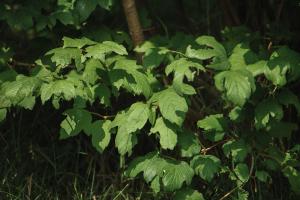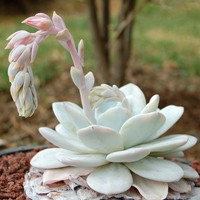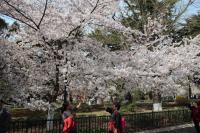How many feet is necessary for planting trees
Planting trees is a great way to promote a greener and healthier environment. Trees provide shade, clean air, and additional benefits, making them essential to our everyday lives. However, when it comes to planting trees, certain factors must be considered, such as the necessary feet for planting trees. In this article, we will explore the crucial aspects of tree planting, particularly the required distance between trees, and its significance.
The importance of proper spacing for tree planting
Tree planting requires proper spacing, depending on several factors such as the species of the tree, the soil type, and the available space. Proper spacing ensures that the planted trees get enough of the essential resources such as water, nutrients, sunlight, and air. If trees are planted too close, they will compete for the available resources, leading to stunted growth and poor health. On the other hand, too much space between trees will lead to inefficient land use with less yield.
The necessary distance to plant trees
The spacing required for planting trees varies depending on several factors such as the size of the tree, the species, and the environmental conditions. Generally, larger trees require more space between them than smaller trees. Also, trees with spreading roots will need more space compared to trees with deep taproots.
The recommended spacing for planting trees is usually between 10-30 feet depending on the tree species, soil type, and environmental conditions. Generally, large tree species such as oaks, maples, and elms require between 30-50 feet between them, while medium-height trees like crabapple, dogwood, and flowering cherry trees require between 15-25 feet. Small trees, such as dwarf fruit trees, flowering shrubs, and ornamental trees require between 8-12 feet.
Overcrowding in tree planting
Overcrowding in tree planting involves planting trees too close to each other, which makes them compete for essential resources such as water, nutrients, sunlight, and air. This, in turn, leads to stunted growth, poor health, and ultimately death. Overcrowding can also lead to the spread of pests and diseases among the trees, eating away at their resources and leading to the death of the entire plantation.
Overcrowding in forestation can also lead to the formation of a dense canopy, blocking out light and air circulation. This can result in understory plants failing to grow, leading to a loss of biodiversity. Overcrowding can also lead to a higher risk of wildfires, as the trees become too close and too dry, making them burn easily.
Conclusion
Tree planting is a noble cause that requires proper planning and attention to detail, particularly when it comes to the necessary distance between trees. A correctly spaced tree plantation ensures that the trees grow and thrive, providing numerous benefits to the environment and society. It is essential to understand the spacing requirements for your preferred tree species, soil type, and environment before engaging in any tree planting activity. Proper planning and management will ensure a sustainable and long-term tree plantation that benefits everyone.

 how many times do yo...
how many times do yo... how many planted tre...
how many planted tre... how many pine trees ...
how many pine trees ... how many pecan trees...
how many pecan trees... how many plants comp...
how many plants comp... how many plants can ...
how many plants can ... how many plants and ...
how many plants and ... how many pepper plan...
how many pepper plan...




























